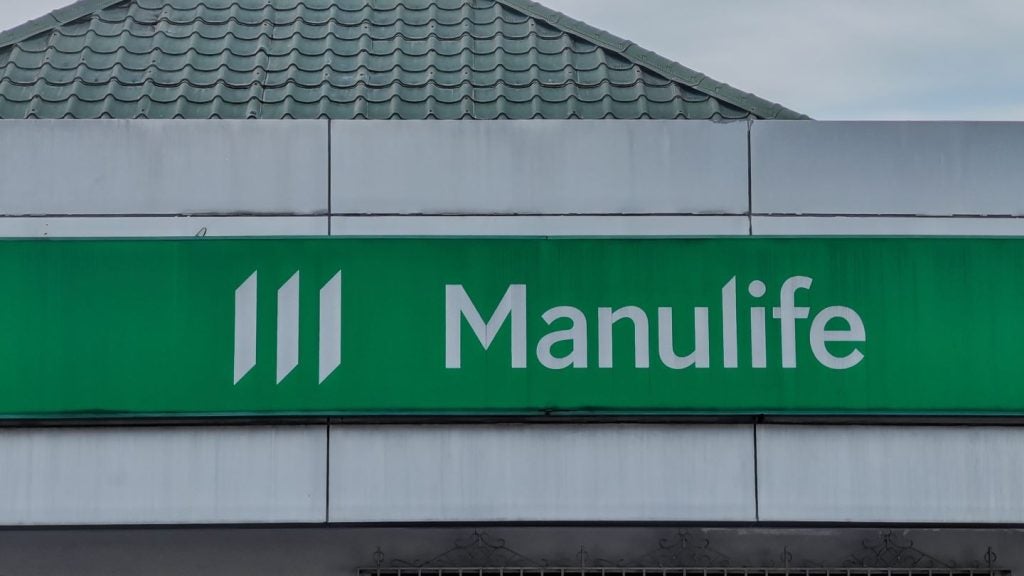Chris Finney, leading regulatory lawyer and Partner at Cooley LLP, discusses #InsurTech and the emergence of Peer-to-Peer insurance
Insurers and insurance distributors don’t usually think of themselves as emerging companies. These industries "emerged" more than 300 years ago; and they’ve been growing and developing ever since. So why are we being asked about #InsurTech and Peer-to-Peer (P2P) insurance so often? Answer: because these things are real, they’re growing, and they’re coming. (In fact, they’re already here.)
Until recently, #FinTech meant payment and banking innovation, and asset sharing. How could technology be used to reduce the cost, and increase the speed and security, of electronic payments? How could the crowd make it easier for us to use large assets for short, flexible periods, at very low cost? And how could the crowd make it quicker and easier to borrow, when traditional lenders are unwilling or unable to lend? Today, innovators are asking the same questions about insurance and insurance distribution; and three types of #InsurTech are emerging. To some, each will seem as strange as the next, but they’re surprisingly real, and increasingly common. Here they are:
Peer-to-Peer insurance: P2P lending is easy to imagine. If I want to borrow, I put an ad on a P2P lending platform; and, if I’m lucky, the offers roll in, the platform aggregates them, and I get my money. If I want lend as a way of investing, I read these ads, before deciding how much to lend and to whom. I don’t have to meet any one person’s entire borrowing needs; and I don’t have to restrict myself to a single borrower. I join the relevant lending crowd(s) instead. By doing this, I can spread my risks, and limit them. Although I might not get all of my money back, I don’t have to worry about lending any more, unless I want to. Insurance works the other way around. Regulatory issues aside, if I agree to insure someone against something, I’ll receive a modest payment upfront. If I’m lucky, I get to keep it. If I’m unlucky, I’ll have to make a payment that’s so large I’ll lose my shirt (house, dog and wife). So, how can the crowd sensibly agree to insure anyone against any thing? The answer’s surprisingly simple, relatively cheap, and hundreds of years old. Large crowds can participate in mutuals and friendly societies; and small crowds can form captives. Either way, a P2P insurer emerges, and technology enhances the experience of all. If the P2P insurer gets itself properly authorised before it starts; and it uses professionals to draft its insurance and other contracts, there’s no reason why a P2P insurer shouldn’t be just as good as any other. In fact, the absence of legacy issues, and the availability of enhanced technology, could easily make it better than some of the existing players.
Insurance distribution in a sharing economy: Two different things are happening here.
Technology is making it easier to buy and sell insurance against very particular risks, for very short periods of time. If I want to borrow a friend’s car to go shopping, or I want to test drive a second-hand car before buying, I can use my phone to get an hour’s worth of insurance, within minutes. I no longer have to ask my friend to add me to his policy as a named driver for a fortnight (at least); and I don’t have to worry about whether mycomprehensive motor policy is wide enough to provide third-party cover for my test drive (before hoping for the best).
How well do you really know your competitors?
Access the most comprehensive Company Profiles on the market, powered by GlobalData. Save hours of research. Gain competitive edge.

Thank you!
Your download email will arrive shortly
Not ready to buy yet? Download a free sample
We are confident about the unique quality of our Company Profiles. However, we want you to make the most beneficial decision for your business, so we offer a free sample that you can download by submitting the below form
By GlobalDataPlatform technology is also driving down the cost of insurance by aggregating the purchasing power of the crowd. If I want to take advantage of this, I can join a crowd that’s buying insurance for a common type of risk, instead of buying insurance for my particular risks. Perhaps surprisingly, the group premium is often lower than the aggregate of the individual premiums, and the cover can be wider and deeper. Groups can also get more bespoke insurance, more quickly and cheaply than individuals. For example, it might be impossible for a diabetic double bass player to get travel insurance for a sensible cost (if he can get it at all). But a platform may be able to find a small crowd of diabetic double bass players, before making better cover available to each them, more quickly and for less. A crowd can also share the cost of meeting insurance deductibles, if the platform puts appropriate arrangements in place first. In some cases, the insureds pay their deductibles into a pool, upfront. If the group has a good claims year, the balance of the pool is distributed to the crowd as a reward, or it’s used to reduce the cost of insuring again next year. Some platforms will allow you to form a small crowd with people you know, whilst others will allow you join a much larger crowd, which is more likely to generate cashback returns (although this can never be guaranteed). These platforms also need to get themselves regulated, before they start; and they have to be careful not to create unlawful collective investment schemes when they pool the crowd’s deductibles … but any decent regulatory lawyer will be able to help with that.
Innovative service providers: This part of the #InsurTech world is wider, deeper, and more diverse than the others, for now. Service providers are using technology to gently monitor the cars and drivers they insure. The data they gather is used to make sure that premiums more accurately reflect risks – so careful drivers, motorway drivers, and non-rush-hour drivers generally pay less for their cover. If something unexpected happens, the same technology can be used to automatically check driver and passenger safety, before alerting the emergency services in appropriate cases; and the same data can be used to defend 3rd-party claims. Technology is also being used to enable insurers to more accurately estimate and measure their actual and potential risks, as well as adjust their reserves. It’s also being used to more efficiently manage claims, and to improve every customer’s buying, claims and renewal experience, to reduce the cost of sales. Each of these things is riddled with legal and regulatory risks and issues. But, most of these risks and issues aren’t new; so the law can be used to help a technology company, insurer, and insurance distributor manage and mitigate them fairly and appropriately, in most cases.
We are certainly living in interesting times; and, at least on this occasion, there’s no reason to think that’s a curse.
#watchthisspace








